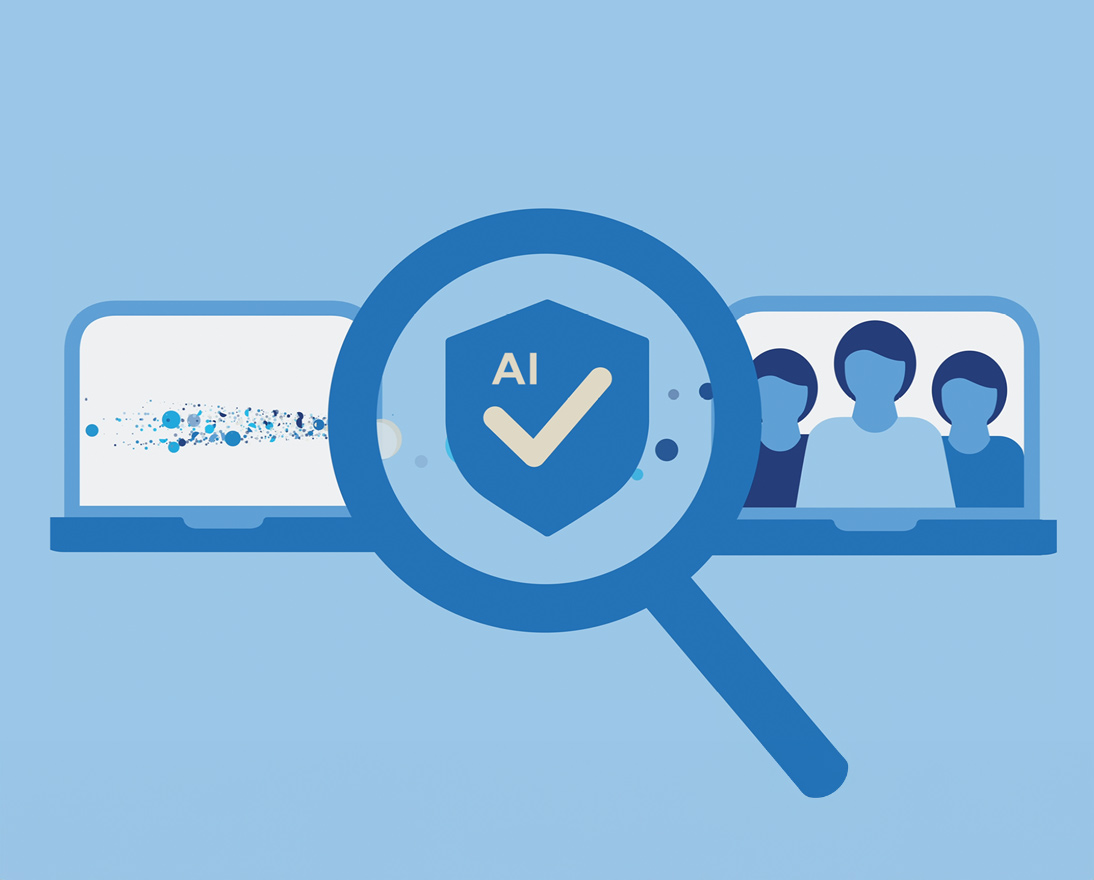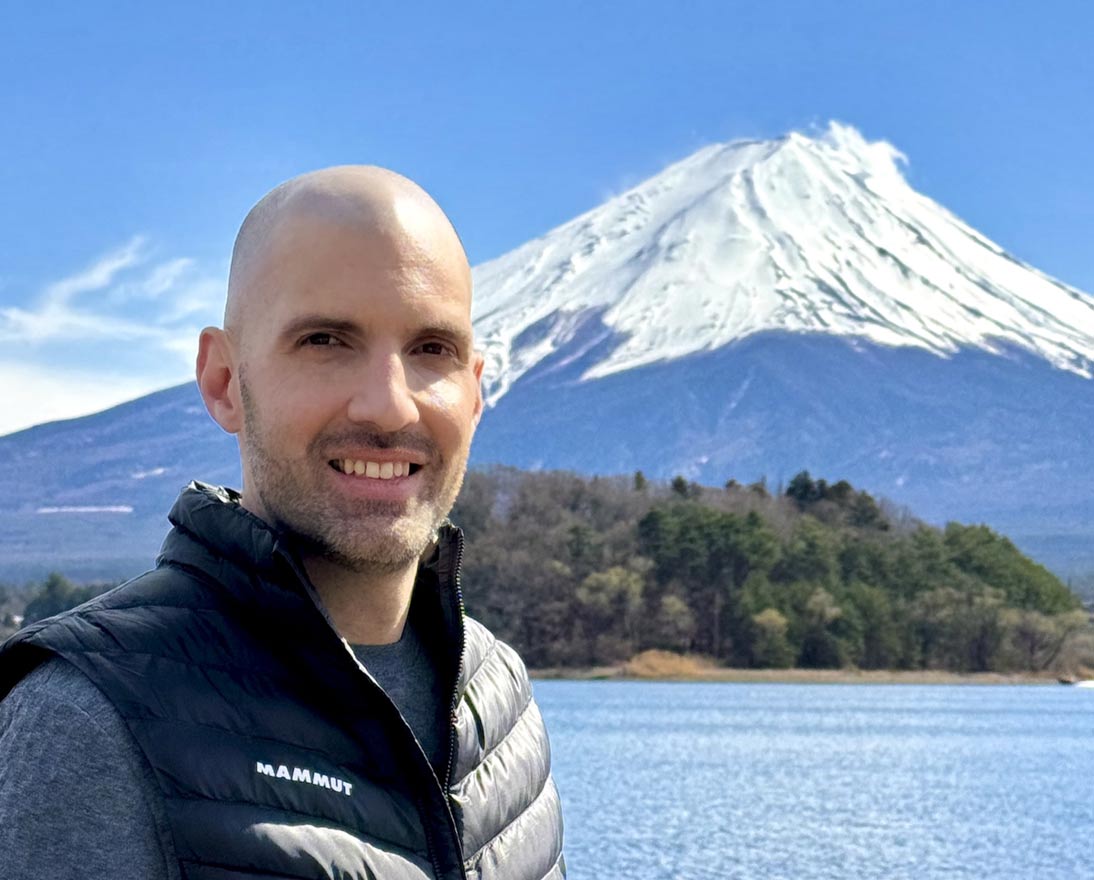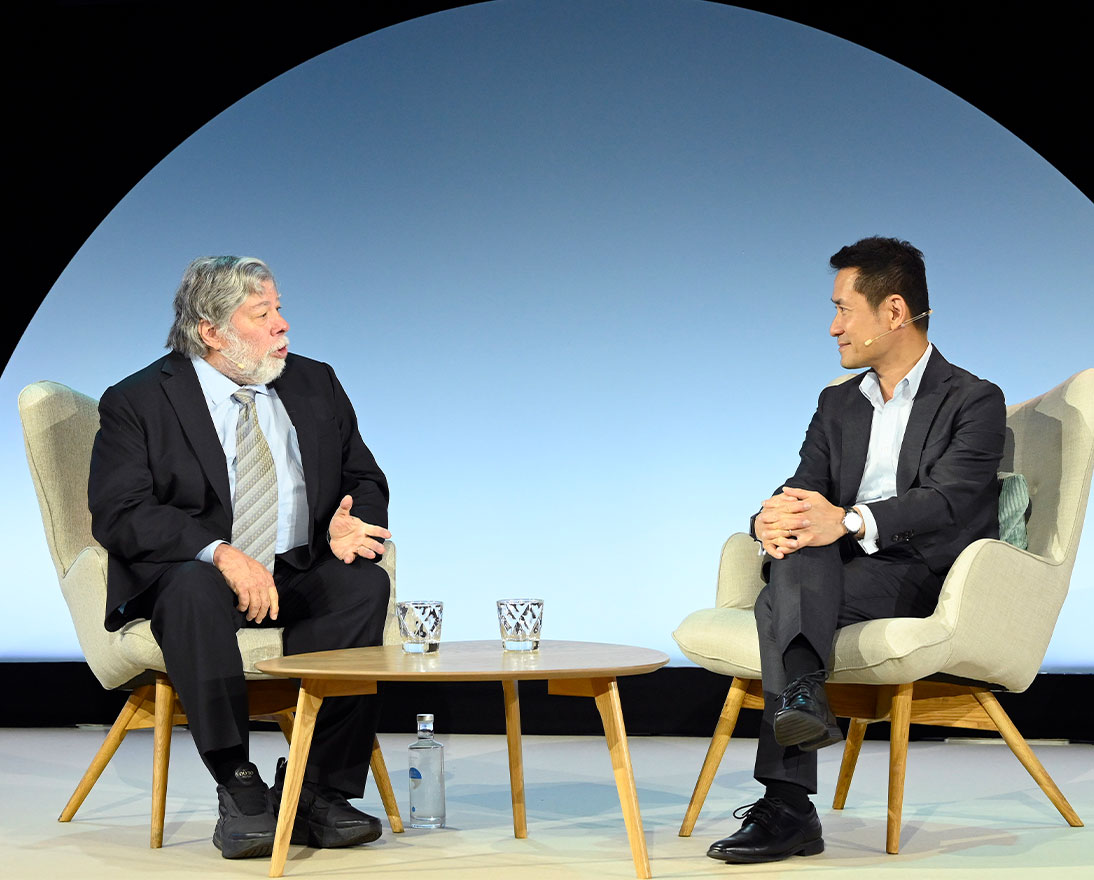AI poses challenges, offers tantalizing solutions to insurers fighting fraud
TechnologyArticleAugust 20, 2024
An arms race is heating up between fraudsters and insurers, both equipped with artificial intelligence (AI). The outcome will affect everyone.
The UK offices of Zurich Insurance Group (Zurich) received a motor insurance claim from a driver not insured by Zurich. The so-called ‘third-party’ claimant has submitted a photo showing a damaged vehicle. The claimant says it is their car. But the image, complete with car registration number, has been altered using technology. In Zurich’s UK office, an investigator notices something’s not quite right. This leads to further enquries, eventually revealing that the image – before it was altered – wasn’t really the claimant’s car. The photo had been copied from a salvage yard’s website. Claim denied.
It’s just one of the more brazen attempts that Scott Clayton, Head of Claims Fraud at Zurich UK, has seen of late. If not detected, altered images like these can trick insurers into paying a fraudulent claim. Such fakes might be submitted by individuals hoping to exaggerate a claim for a little more money. In a darker place, organized fraudsters increasingly have the means, and knowledge, to use more sophisticated tools to generate ‘deep’ fakes, which are even harder to spot.
“If you were to ask a computer a few years ago to produce an image, that image wouldn’t have been very convincing. But using AI, fake images today can be quite believable,” says Clayton. “That is where the challenge is going.” To preserve parity, insurers are also relying more on sophisticated technology to help them detect and catch fraudsters.
Insurers already use software that links to national databases, helping them to spot potential duplicate claims aspiring cheats might try to submit to multiple insurance providers. “Fraudsters aren’t brand loyal,” says Clayton.
Today Clayton’s team of over 60 people rely on “a multi-faceted approach,” says Clayton. “It is not just about data analytics, it is not just meta-analysis – for example, analyzing the metadata behind images, or ‘the digital footprint’ – it includes good old-fashioned gut feeling and instinct. “There are several layers that we now need, to make sure we are detecting as much as we can,” says Clayton.
Over 160 uses of AI
Zurich is already using AI in more than 160 cases. These include helping it to spot claims fraud, using machine learning with a focus on detecting anomalies, combined with a traditional, non-AI rule-based engine, according to Zurich’s Group Head of AI, Christian Westermann.
Depending on the need, a range of technology solutions might be employed in a particular country, or across many countries. Besides fraud models with AI components to detect fraud, Zurich’s arsenal includes a system developed in-house already used in several countries, developed by Zurich Customer Active Management (ZCAM).
“We consider it our job to know how to protect against risk,” says Aleksander Vidovic, CEO of ZCAM. “Therefore, we protect ourselves from bad behavior, and in doing so we are able to serve our valuable, honest customers more efficiently. AI helps us to achieve this.”
An arms race
Fraud-fighting technology is a huge, and rapidly growing industry. Given the amounts at stake, it’s hardly surprising that insurers are investing significant sums to up their game to spot deception. In the UK alone, Zurich’s business reported that it prevented GBP 78.5 million in bogus claims – or, over GBP 200,000 per day in a single year in 2023.
In general, people specializing in insurance fraud estimate that as many as one in 10 property and casualty claims could be fraudulent. Fortunately, for insurers, detection methods are evolving, and AI is equipping them with new fraud detection models that can free up human investigators to do what humans do better than machines, namely, follow up on individual cases.
This is also good news for the general public. A lot of the money fraudsters gain indirectly comes out of the pockets of honest customers in the form of higher premiums. The U.S. Coalition Against Insurance Fraud estimates that the economic impact of insurance fraud in its home country amounts to about USD 1,000 per year – per person. Insurance fraud “steals at least USD 308.6 billion every year from American consumers,” according to the Coalition, which unites consumers, insurers and government agencies.
Honest customers bear not only the cost, but sometimes literally feel the pain of insurance fraud. For example, a dentist in Wisconsin intentionally broke patients’ teeth with his drill to convince insurers to pay for dental crowns. And a spectacular medical insurance fraud in California, which included millions of dollars in illegal kickbacks, led innocent patients to file lawsuits alleging that as part of the scam, counterfeit metal screws were implanted in their spines.
Fighting fraud in North America
“Fraud affects all of us,” says Delpha DiGiacomo, Head of Fraud for Zurich North America, who is also vice-chair of the Coalition Against Fraud’s government affairs committee. DiGiacomo’s team of about 30 investigators uses a variety of sophisticated technology but also relies on what she calls “boots on the ground.” In fact, “the best tool is still actual investigators,” says DiGiacomo.
“I could have all the meta data in the world,” she adds. “But meta data is also something that can be faked in court. What is hard to fake, is the story,” says DiGiacomo. “You really need to know the story behind a case of fraud.”
For example, Zurich investigators looking into a purported theft of building materials in Florida learned that a claim related to stolen steel reinforcing bars turned out to be from a residential property, where there wasn’t even enough room to store the rebar that was supposedly stolen. While investigating, the team also discovered that the claimant had struggled to repay a loan, and the attempt at insurance fraud was aimed at getting money so that lenders wouldn’t take possession of the claimant’s parents’ house. The claim was later withdrawn.
Hiring data scientists Germany
In Germany, Zurich has hired data scientists whose backgrounds in physics and AI neural networks are useful in developing fraud-spotting software, says Thorsten Hahn, Head of Claims Fraud at Zurich Germany. Three data scientists in his claims team work, among other things, on training systems for what Hahn calls “the forensic processing and analysis” of claims data and digital images. In other words, verifying authenticity, and detecting fakes.
“Since the introduction of AI in fraud defense in 2022, we have already had great success in detecting certain types of anomalies and claims fraud,” says Hahn.
That includes an AI tool that Zurich Germany has developed to detect fraud patterns or anomalies by assessing the data in a claim. The AI also learns from previously identified cases of fraud. Images, when submitted, are examined including the metadata, to see if the ‘data about the data’ can help to verify authenticity.
Zurich Germany's AI can even differentiate between types of damage to vehicles – scuffs, scratches, or dents, for example. In doing so, its model can examine digital images to help determine the likelihood of whether a car was actually hit while parked in a parking lot – as the customer might attest – or, if the damage in fact happened when the vehicle was in motion, says Hahn.
One recent case where an AI helped to uncover fraud involved a very expensive car said to have been damaged in a car wash. The image, however, didn’t match the description of what happened, or what would normally happen during washing. Through further investigation, Zurich Germany found out that the damage could not actually have occurred in a car wash.
“The scratches on the hood did not match those from in a car wash,” says Hahn, adding the claim wasn’t settled. The AI can also evaluate the age of a damaged car through data analysis and spot anomalies by calculating probabilities in fraud patterns, flagging investigators to further investigate, says Hahn.
Despite these advances, Hahn agrees that people are still the most important part of an insurer’s ability to detect claims fraud. “If I, as a claims investigator, speak with someone, I can notice things that would be almost impossible for an AI to detect. People have that gut feeling when something doesn’t seem right,” he says, adding: “There’s no AI that can duplicate that.“




